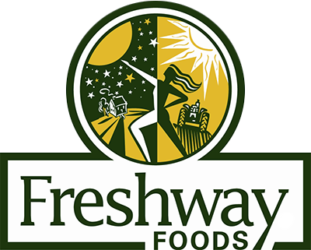Two weeks ago we brought you an update on lettuce market conditions. We shared with you the impact that higher-than-normal temperatures were having on the supply and quality of lettuce. As this unusual supply condition continues, with no relief in the immediate forecast, we would like to share with you additional insight into the cause of this situation.
The Salinas and Santa Maria growing regions have experienced extremely high temperatures during the growing season. Lettuce and romaine need cool night time temperatures in order to thrive, and the excessive heat has resulted in quality and yield issues.
The higher temperatures have impacted iceberg lettuce, causing seeders, larger cores, and lower product quality. Iceberg lettuce weights have been very light, and as a result, field yields are down significantly from normal levels. We are able to harvest less lettuce per acre than under normal conditions, causing shortages in supply. With less iceberg available per acre, all processors are struggling to find enough iceberg for sale to fill customer orders.
Romaine yield is also being affected by the high temperatures, resulting in lighter bin weights, seeder issues and powdery mildew. Romaine fields are being harvested early to reduce the impact of quality issues, but this is just borrowing from future supply, and may result in supply gaps later in the season.
This situation is industry-wide, and we expect it to continue until we transition to the desert growing regions in November. Until then, we expect to see elevated pricing, proration of orders, and supply gaps.
Stay tuned for future updates as the California growing season progresses.



